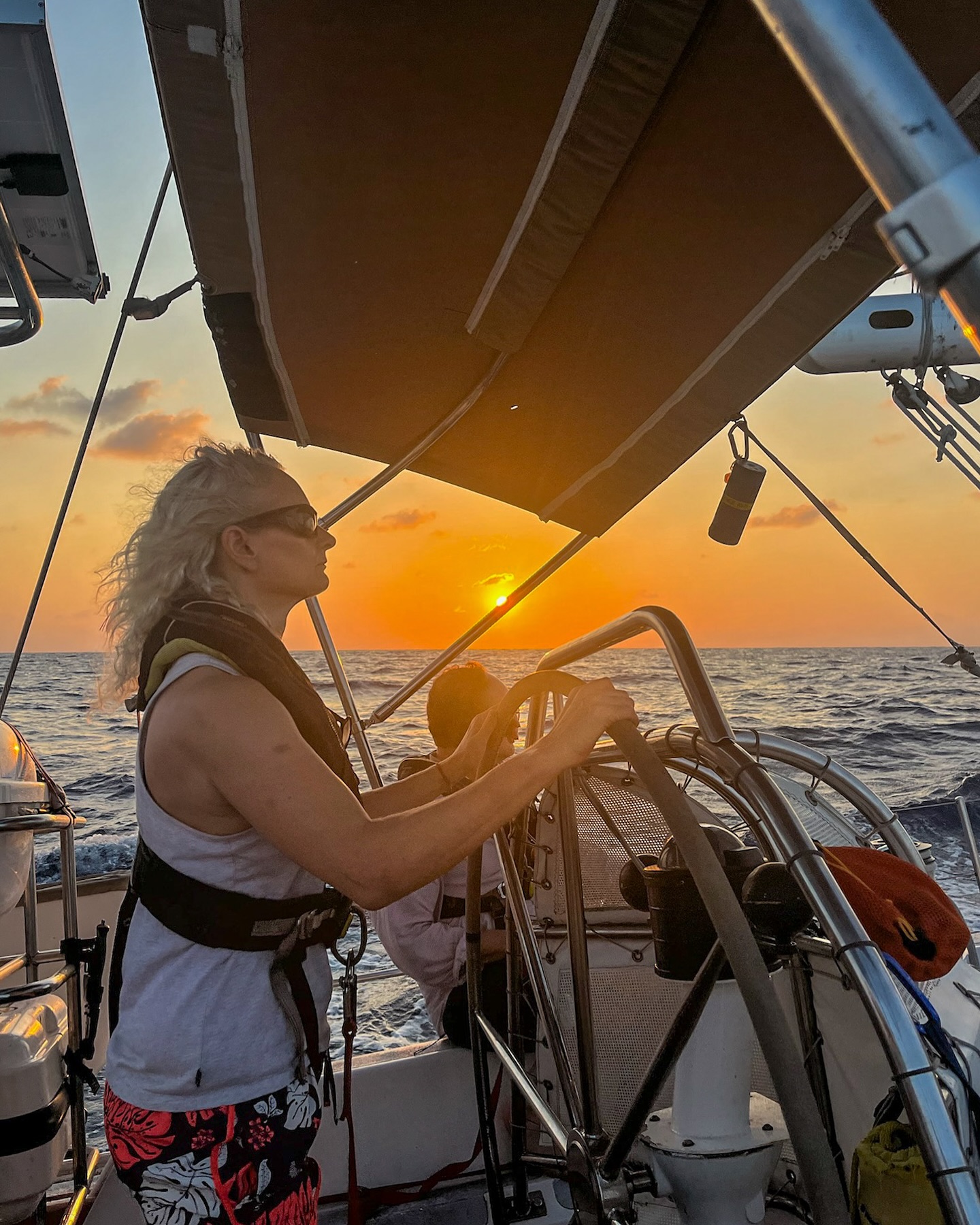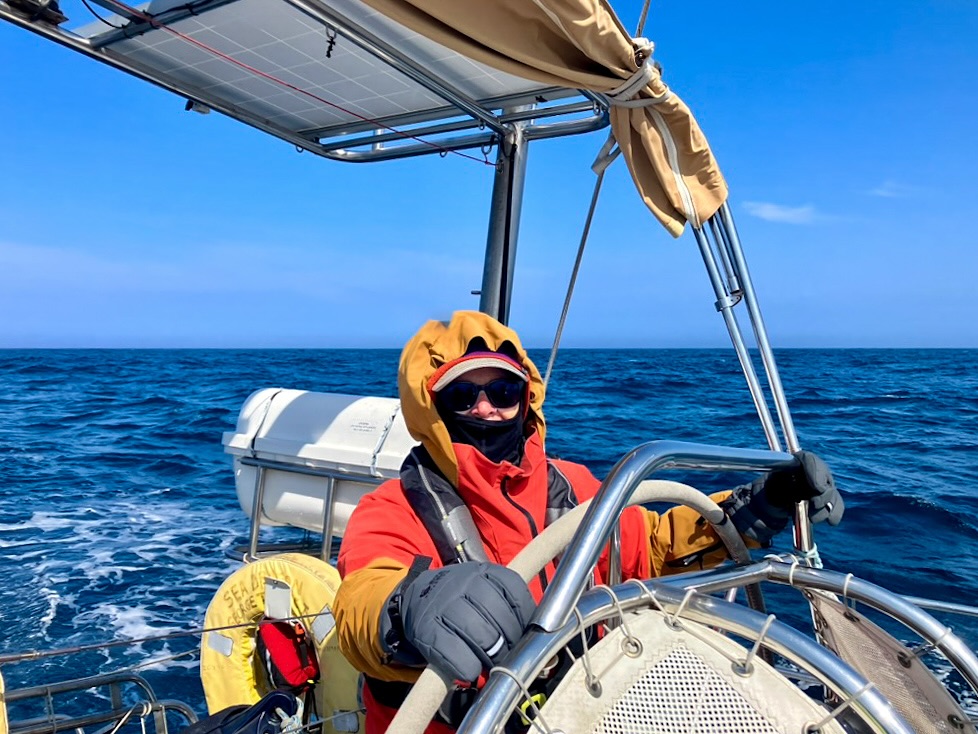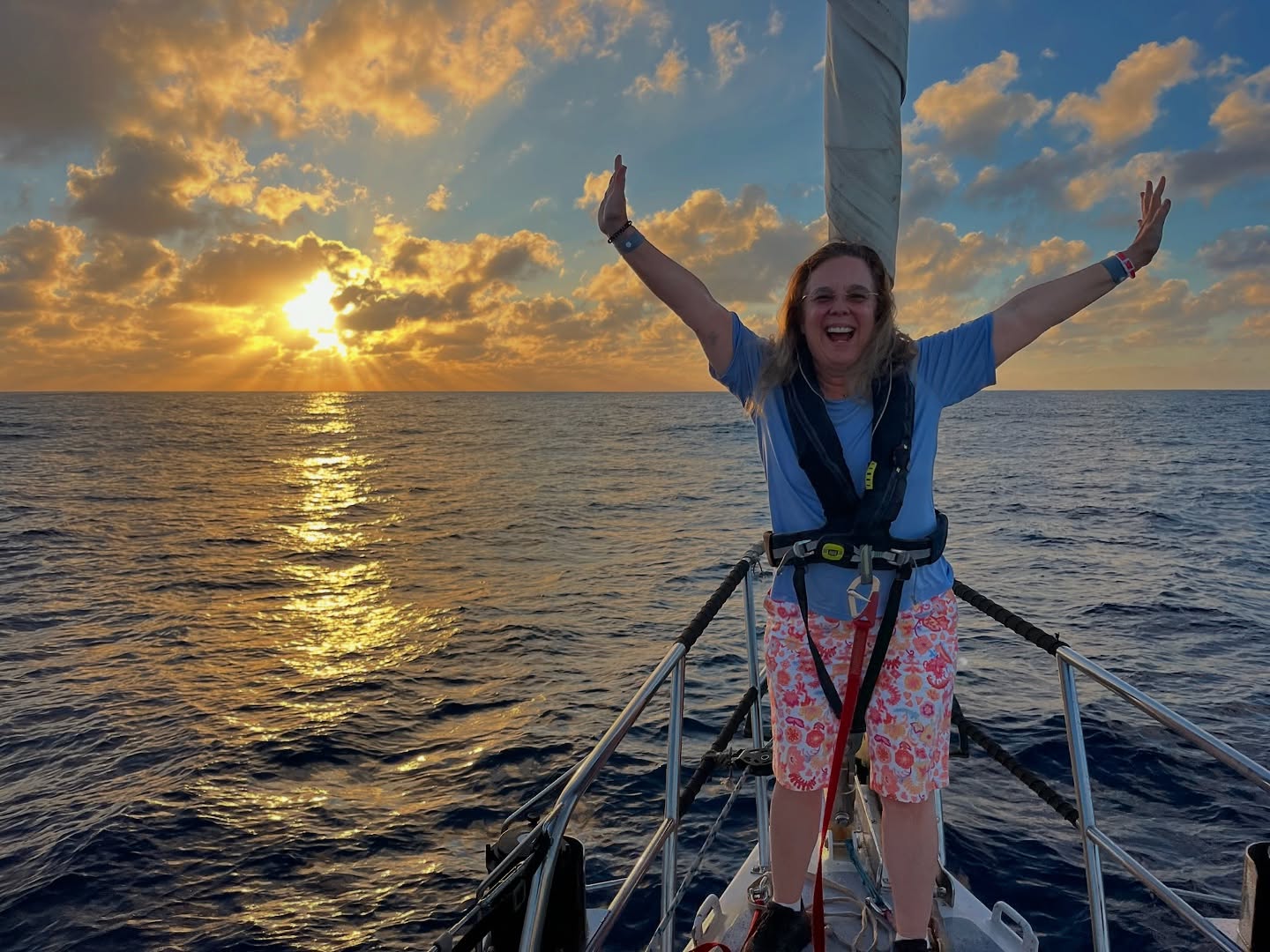 Mrs. Kazuko Sakaida stood on the deck in front of her childhood home
Mrs. Kazuko Sakaida stood on the deck in front of her childhood home
as the rumbling roar of a million tons of water, pushed trees, cars
and houses over her family’s rice fields. She put up her hands to
brace herself, to cover her fear, to hold back the surge. It is March
11th, 2011, 3:10 in the afternoon, and 19,000 people are drowning.
Her hands are farmer’s hands, muscular between the joints
of her fingers, and wrinkled with a leathery texture. She says she
has worked these rice fields since she was a little girl. She is 80
now and surely remembers her country destroyed before. When the
tsunami raced up her driveway, she climbed the hill behind her home.
The earthquake that preceded the tsunami by 45 minutes, tore 5 tons of
rock off the hill and piled it against the back of her house. She
climbed high and watched the waves surge into the fields below, and
then recede. When help came she was told she must evacuate
Minami-Soma. The nuclear reactor east of Fukushima, less than 20
miles from her, was ablaze. She returned 13 months later.
We stood on the deck behind her home with shovels. 8 of
us volunteer for the day with a relief organization helping those who
are finally returning to their homes. It takes 6 hours to shovel wet
clay and shale to the downhill side. I would like to cast her hand.
During our first break I poured the casting material in my own hand to
show her how safe and simple it is, then an hour later she knelt next
to me and put out her hand. It took four minutes to make the mold,
and twenty to create the cast.
Three days later the eight of us, plus five others, are
standing on the deck of the Sea Dragon with Tokyo Bay behind us, our
eyes on the coming tide. We are sailing into it, and will not see
land for a month or 4000 miles, heading due east to the middle of the
North Pacific in search of what is left of the Japan Tsunami.
Every tsunami has left its mark, barely visible in the catastrophic
sediments geologist can read in exposed cliffs. Today, natural
disasters leave a trail of plastic in their wake, piled on riverbeds,
stuck in trees, and drifting between continents. These moments are
the visible changes that happen quickly on human time scales, but the
waves of plastic on beaches began when Mrs. Sakaida was a child, when
the world began to embrace Throw Away Living and planned obsolescence.
It wasn’t this way half a century ago, when Ms. Sakaida tended the
rice fields in her childhood with her bare, resilient, unyielding
hands.


























